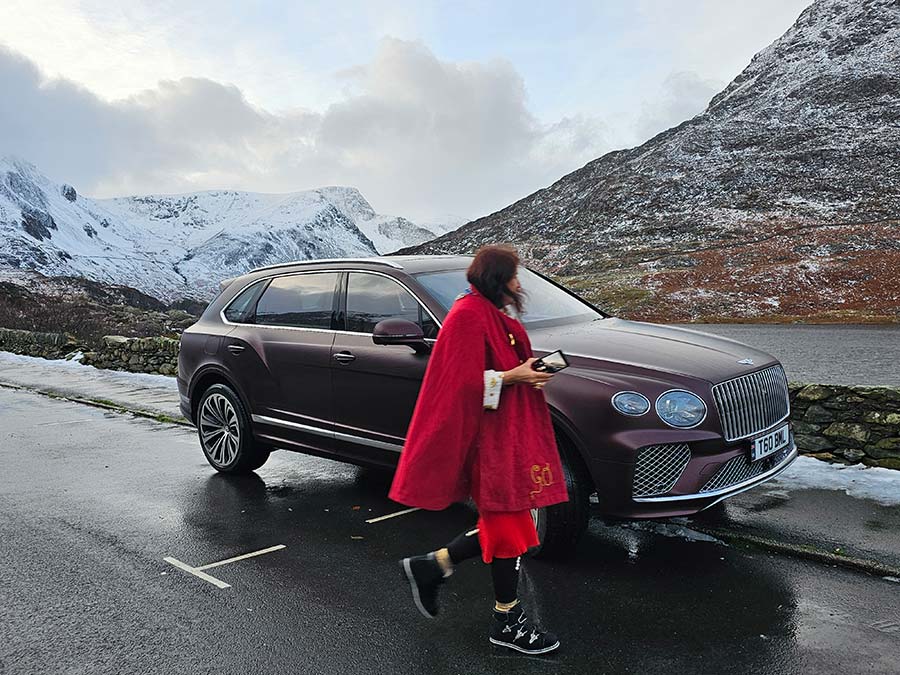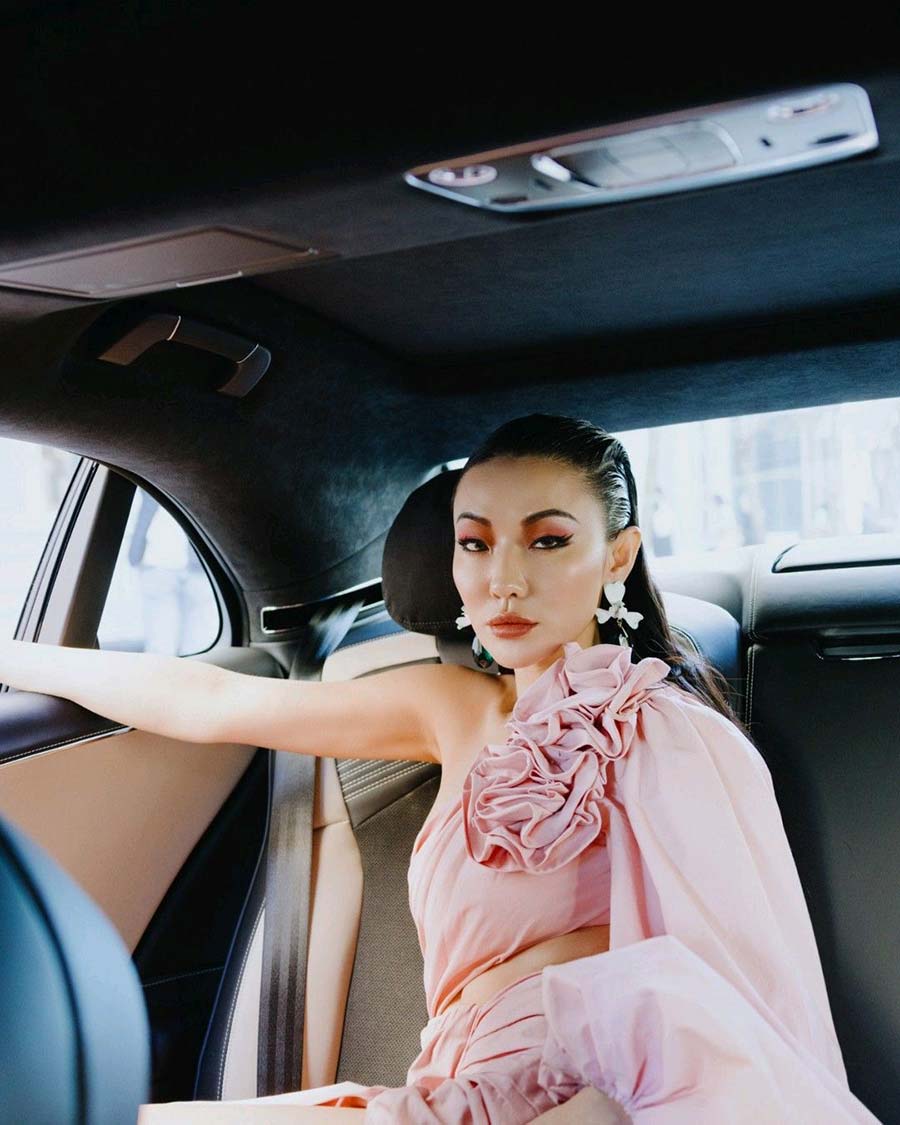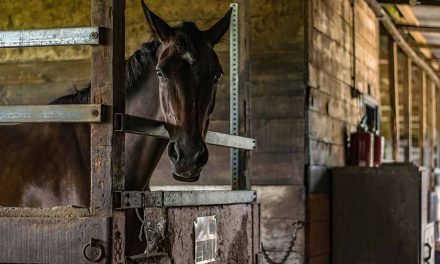Commodity Rules Don’t Work in a Luxury Game
Traditional marketing – the push, the shove, the “act now or miss out” spiel – was built for commodities.
Toothpaste. Gym memberships. SaaS trials. Bulk supplements.
Things people need, but don’t fantasise about.
In that world, it’s all about:
- Mass reach
- Constant visibility
- Interrupting attention
- Squeezing quick decisions
But once you move into high-end or luxury positioning, the economics flip completely.
High-net-worth buyers are not sitting around waiting for you to “overcome their objections”. They’re repelled by pressure. Push too hard, and they don’t feel desire – they feel suspicion.
If you’re truly in the luxury or top-tier space, you need to understand this:
Pressure kills desire.
Availability kills prestige.If I can buy it anytime, from anywhere, without resistance or qualification…
why would I value it?
Every time a founder takes mass-market tactics and slaps them on a premium offer, you can feel the brand cracking. Panic discounts, aggressive retargeting, endless launches… it looks cheap, even if the price tag is high.
That’s why days like Black Friday are actually a test, not an opportunity.
For luxury, Black Friday isn’t “pile it high and sell it cheap”. It’s a question:
Will you protect your brand’s aura,
or sell your prestige off by the percentage?
Luxury Doesn’t Chase. Luxury Withholds.
Commodity brands throw the doors wide open and scream:
“Last chance! Don’t miss out!”
Luxury does the opposite.
Luxury closes the door… and lets the pressure build behind it.
Ordering a Bentley, you have to show your credit first even before you access Bentley in Crewe.

It doesn’t beg you to buy. It makes you wait.
It doesn’t try to be everywhere. It chooses where it appears.
It doesn’t promise: “Everyone’s welcome.”
It quietly implies: “Not everyone gets in.”
That’s how obsession is created. Not because it’s cheap today, but because you’re being granted access. You’re allowed to step into something exclusive, something not everyone can touch.
The Market Is Correcting – Quietly but Firmly
Look at what’s happening in fashion and accessories:
- Coach has been rebuilding itself by pulling back on discounts and becoming harder to access. Less outlet, more intention.
- Burberry has been cleaning up its image, tightening how and where the brand is seen, and re-anchoring its prestige.
- McQueen, after years of overexposure and diffusion, is pulling distribution back in and rebuilding mystique. The decision to quietly kill off the “fugly” McQ diffusion line was a signal: the brand is restoring its core aura.

The industry remembers now:
Prestige dies when everyone can get it.
Diffusion lines, over-licensing, constant promo codes, being “everywhere” – that’s how you turn a once-coveted brand into background noise. You might gain short-term revenue, but you hollow out long-term desire.
In luxury, accessibility is not the flex you think it is.
Your Real Problem Isn’t Your Funnel
Here’s the uncomfortable truth most founders avoid:
Your sales process probably isn’t the real issue.
Your “funnel” isn’t broken.
Your audience doesn’t hate you.
The deeper problem is this:
Your desire reservoir is empty.
You’ve built an invitation…
but no one is queuing outside the door.
Desire isn’t created in the moment of checkout.
It’s accumulated over time.
You want stored demand – people who have been:
- thinking about you
- talking about you
- orbiting you
- watching your moves
So that when the offer appears – even slightly, even for a short window – they flood in. Not because you twisted their arm, but because you finally gave them an opening.
Most brands do the reverse: they open the doors wide, scream urgency, and then look confused when no one stampedes in.
Desire Comes From Distance
This is the part that feels counterintuitive if you were raised on direct-response marketing:
- Distance creates meaning.
- Meaning creates pursuit.
- Pursuit fuels desire.
When something is held at arm’s length, it gives you space to project onto it. To imagine. To want.
That distance can look like:
- Selective distribution
- Limited editions
- Application-only services
- Carefully curated collaborations
- Strategic silence rather than constant noise
It’s the opposite of:
- “Buy now, get 30% off”
- “DM us for a discount code”
- “Spots for everyone, always open”
Luxury says:
“We’re not for everyone.
We’re not always available.
We’re not trying to catch you –
you’ll have to come closer.”
Qualify, Don’t Beg
This is the rule of luxury in one line:
If I can get it anywhere, I don’t value it.
If I have to qualify for it, I want it.
When your brand is everywhere, available to everyone, all of the time, you’re silently telling the market:
“We need you more than you need us.”
High-end clients feel that. Instantly.
But when there’s a boundary – a filter, a standard, a process – desire wakes up:
- “Will I be accepted?”
- “Am I the kind of person this is for?”
- “What would it say about me to be part of this?”
That’s the psychology premium brands understand and protect.
The Danger of Push Tactics at the Top End
Every time you chase, you chip away at your positioning.
Aggressive DMs.
Hard-sell webinars.
Desperate email sequences.
Constant discounting.
They all trigger the same internal alarm in your buyer:
“If this is really that valuable,
why is it chasing me?”
In luxury, you’re not trying to get people to run toward checkout in a panic. You’re interested in those who are willing to wait, aspire, and choose.
That’s the power flip: when you hold your position, you give your audience the chance to step up to it.
Luxury doesn’t hustle.
Luxury doesn’t pant.
Luxury doesn’t plead.
Luxury holds its frame.
The Real Question: What Game Are You Playing?
Right now, every founder and brand has to decide:
Are you building something that:
- survives by being constantly on sale,
- competes on convenience and price,
- needs to chase to stay afloat,
or are you building something that:
- people talk about when you’re not in the room,
- feels like a milestone, not a transaction,
- becomes part of someone’s identity once they own it?
One route makes you a nice option.
The other makes you an obsession.
The brands that will still be standing in 5–10 years are playing the long game: protecting scarcity, nurturing aura, and building stored desire, even when the market is screaming for short-term wins.
Because here’s the bottom line:
If you misunderstand how desire really works,
you will always mis-price your value.
You’ll undercharge, over-discount, over-expose, and then blame your sales tactics instead of facing the truth: you positioned yourself as optional.
Luxury is not optional. It’s chosen, chased, and cherished.
So the question is no longer,
“How do I sell more right now?”
It’s:
“What needs to change so my brand stops asking for attention…
and starts commanding it?”















You must be logged in to post a comment.